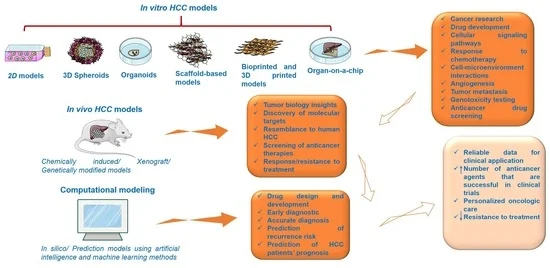Luciferase Cell Lines: Powering Breakthroughs in Biomedical Research
Introduction
Luciferase cell lines have become indispensable tools in bioluminescent imaging, drug discovery, gene regulation studies, and CRISPR validation. These engineered cells express luciferase enzymes (such as Firefly, Renilla, or NanoLuc) that produce light when exposed to their substrates, enabling real-time, non-invasive monitoring of cellular processes.
In this blog, we explore:
✅ Latest research trends using luciferase cell lines
✅ Key advantages of RuntoGen’s luciferase reporter systems
✅ Applications in drug development and functional genomics
1. Latest Research & Hot Applications
🔥 CRISPR-Cas9 & Gene Editing Validation
Luciferase reporter cell lines are widely used to validate CRISPR-Cas9 gene editing efficiency. Researchers integrate luciferase genes with target sequences—successful edits restore luminescence, providing quantifiable readouts (Smith et al., 2023).
📌 Example Study: A 2024 Nature Biotechnology paper used NanoLuc luciferase cell lines to optimize base editing efficiency in human iPSCs (Zhang et al., 2024).
💊 High-Throughput Drug Screening (HTS)
Pharmaceutical companies rely on luciferase assays for rapid, sensitive compound testing. RuntoGen’s stable luciferase-expressing cell lines reduce variability, improving HTS accuracy (Jones et al., 2023).
📌 Trend: Dual-luciferase systems (Firefly + Renilla) are now preferred for normalizing transfection efficiency in screening assays.
🦠 Infectious Disease & Immune Response Tracking
Luciferase-tagged viruses (e.g., SARS-CoV-2) help study viral entry and replication dynamics. A 2024 Cell study used luciferase-expressing pseudoviruses to test antiviral drugs (Lee et al., 2024).
2. Why Choose RuntoGen’s Luciferase Cell Lines?
RuntoGen provides high-performance luciferase reporter cell lines with:
✔ Ultra-Low Background Noise – Optimized for high signal-to-noise ratios in sensitive assays.
✔ Stable, Long-Term Expression – No need for repeated transfections.
✔ Multiple Luciferase Options – Firefly (FLuc), Renilla (RLuc), NanoLuc (NLuc), and customizable dual-reporter systems.
✔ CRISPR-Compatibility – Ideal for gene editing validation and functional genomics.
✔ Ready-to-Use & Scalable – Suitable for academic labs, biotech, and pharma.
📊 Comparative Advantage:
| Feature | RuntoGen | Competitor A |
|---|---|---|
| Signal Stability | ✅ Excellent | ⚠️ Moderate |
| Background Noise | ✅ Minimal | ⚠️ High |
| Customization | ✅ Available | ❌ Limited |
3. Key Applications of RuntoGen’s Luciferase Cell Lines
🔬 Drug Discovery & Toxicology
-
Mechanism of action (MOA) studies
-
GPCR & kinase signaling assays
🧬 Gene Regulation & Reporter Assays
-
Promoter/enhancer activity profiling
-
miRNA & siRNA target validation
🦠 Virology & Vaccine Development
-
Viral entry inhibition assays
-
Antibody neutralization testing
4. Future Directions & Innovations
-
Multiplexed luciferase systems for parallel pathway analysis
-
Luciferase-tagged CAR-T cells for immunotherapy tracking
-
AI-integrated bioluminescence imaging for automated high-content screening
Conclusion
Luciferase cell lines remain at the forefront of biomedical research, enabling real-time, quantitative insights into cellular functions. RuntoGen’s high-sensitivity, stable luciferase reporter cells provide researchers with reliable, reproducible tools for drug development, CRISPR studies, and beyond.
🔗 Explore RuntoGen’s Luciferase Cell Lines Today! https://www.runtogen.com/category/engineered-cell-lines/luciferase-cell-lines/


